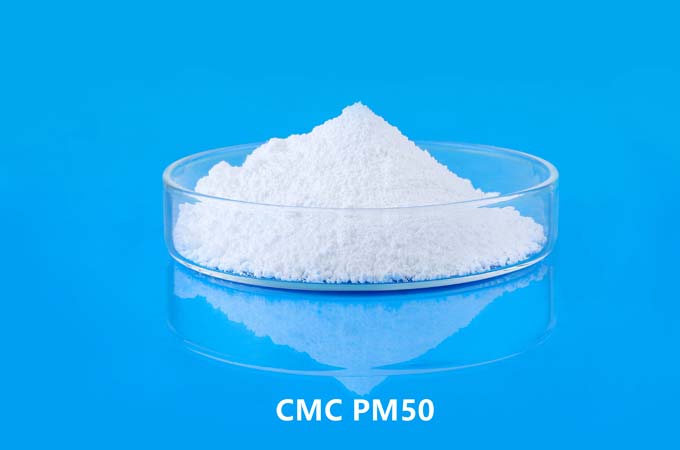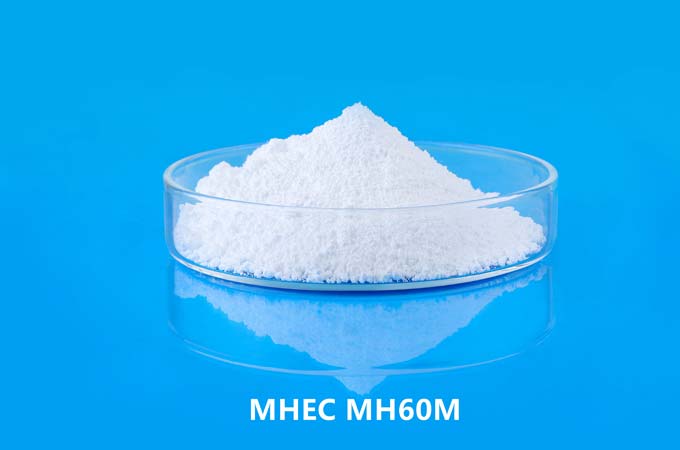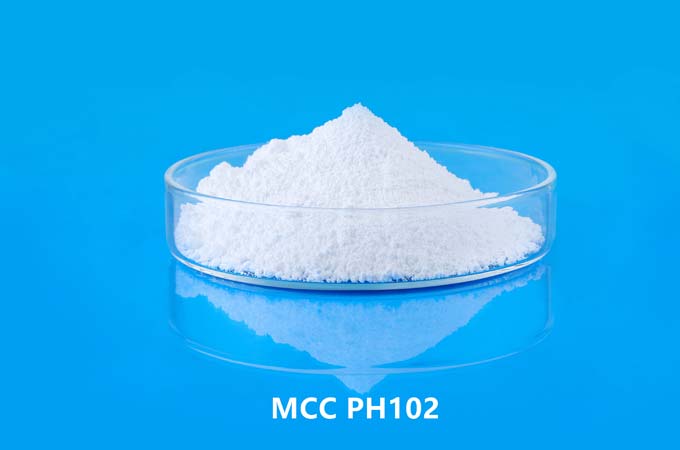Hydroxypropylmethylcellulose (HPMC) is a semisynthetic polymer derived from cellulose, a naturally occurring polysaccharide in plant cell walls. HPMC is widely used in various industries such as medicine, food, cosmetics, and construction due to its unique water solubility, film-forming properties, viscosity adjustment, and biocompatibility.
1.Chemical structure of HPMC:
HPMC is a derivative of cellulose in which some of the hydroxyl (-OH) groups on the glucose units of cellulose are replaced by hydroxypropyl (-OCH2CH(OH)CH3) and methyl (-OCH3) groups. HPMC can vary in degree of substitution (DS) and molecular weight distribution, resulting in a range of properties. The chemical structure of HPMC is as follows:
2.Synthesis of HPMC:
The synthesis of HPMC involves the reaction of cellulose with propylene oxide to introduce hydroxypropyl groups, followed by methylation with methyl chloride to introduce methyl groups. This reaction usually occurs in a basic environment to promote nucleophilic substitution reactions. The degree of substitution can be controlled by adjusting the molar ratio of reactants and reaction conditions. The process produces a range of HPMC grades with varying substitution levels and molecular weights to suit a variety of applications.
3. Characteristics of HPMC:
Water Solubility: HPMC is soluble in water over a wide temperature range, forming a viscous colloidal solution. Solubility is affected by factors such as temperature, pH, and degree of substitution.
Film Formation: HPMC forms a clear, flexible film when dried from an aqueous solution. These films have barrier properties and can be used in coatings, adhesives, and controlled-release pharmaceutical formulations.
Viscosity Modifier: HPMC is commonly used as a viscosity modifier in aqueous solutions. The viscosity depends on factors such as the molecular weight, degree of substitution, and concentration of HPMC in the solution. This property makes it valuable in a variety of applications, such as thickening agents in pharmaceuticals, cosmetics, and construction materials.
Surface activity: HPMC can adsorb to surfaces, changing their properties. This property is used in applications such as surface coatings, where HPMC acts as a binder and provides film-forming properties.
Biocompatibility: HPMC, such as HPMC E 15, is considered biocompatible and is widely used in pharmaceutical formulations, including oral dosage forms such as tablets, capsules and suspensions.
Chemical Stability: HPMC is chemically stable under normal storage conditions. However, it may degrade under harsh conditions such as high temperatures and acidic or alkaline environments.
4. Application of HPMC:
Pharmaceuticals: HPMC is widely used in pharmaceutical formulations as a binder, disintegrant, film coating agent and sustained-release matrix former. It provides controlled drug release, improves drug stability and enhances patient compliance.
Food Industry: In the food industry, HPMC is used as a thickener, emulsifier, stabilizer and gelling agent in a variety of products including sauces, desserts and processed meats.
Construction: HPMC, like HPMC K100, is used in construction materials such as mortars, plasters and tile adhesives to improve workability, water retention and bonding properties.
Personal Care Products: HPMC is used in cosmetics and personal care products as a thickening agent, emulsifier and film-forming agent in creams, lotions, shampoos and gels.
Paints and Coatings: HPMC is added to paints, coatings and adhesives to improve viscosity, water retention and film-forming properties.
Textiles: HPMC is used as a thickener and binder for pigment slurries and dye solutions in textile printing and dyeing.
Hydroxypropylmethylcellulose (HPMC) is a versatile polymer with a wide range of applications across various industries. Its unique combination of properties, including water solubility, film-forming ability, viscosity modulation and biocompatibility, makes it an indispensable ingredient in pharmaceuticals, foods, cosmetics, building materials, paints and coatings. As research and development continue to advance, HPMC may find more diverse applications in the future, contributing to numerous product and process improvements.
 English
English 日本語
日本語 français
français Deutsch
Deutsch Español
Español italiano
italiano русский
русский português
português العربية
العربية Türkçe
Türkçe Nederland
Nederland



